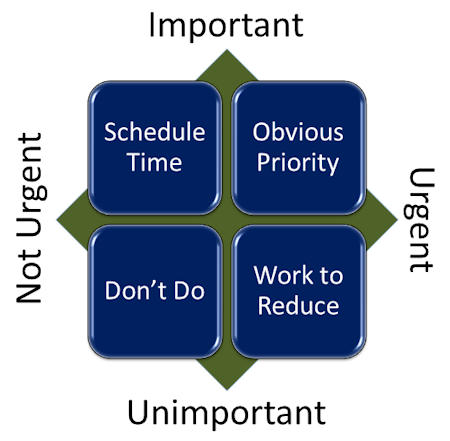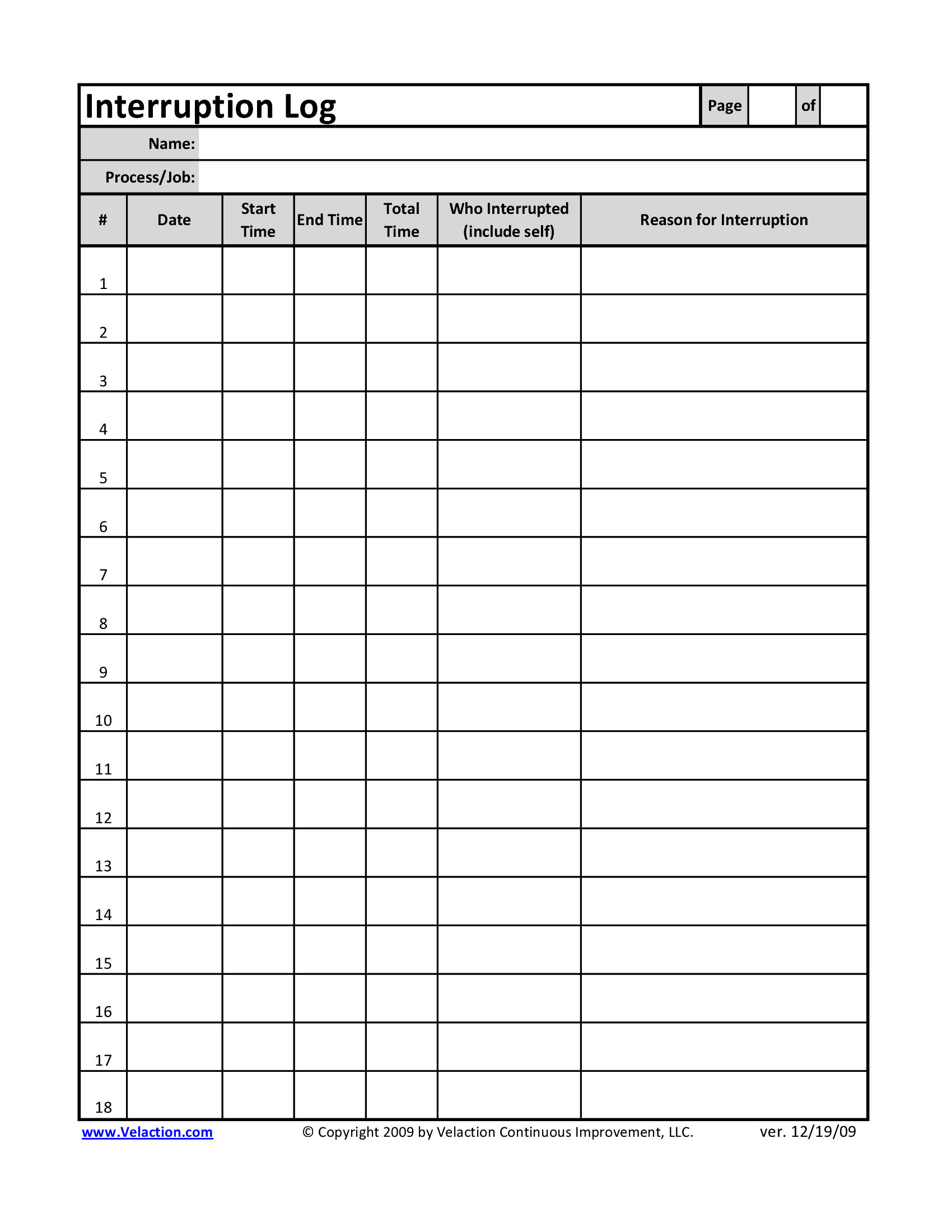Lean Terms
Implementation
An implementation is simply the act of putting a plan into effect. It can also refer to a change in a strategy or a system. In continuous improvement, the term “implementation” commonly refers to Lean as a whole, or can mean implementing the system-based tools, such as pull, kanban, or Read more…



